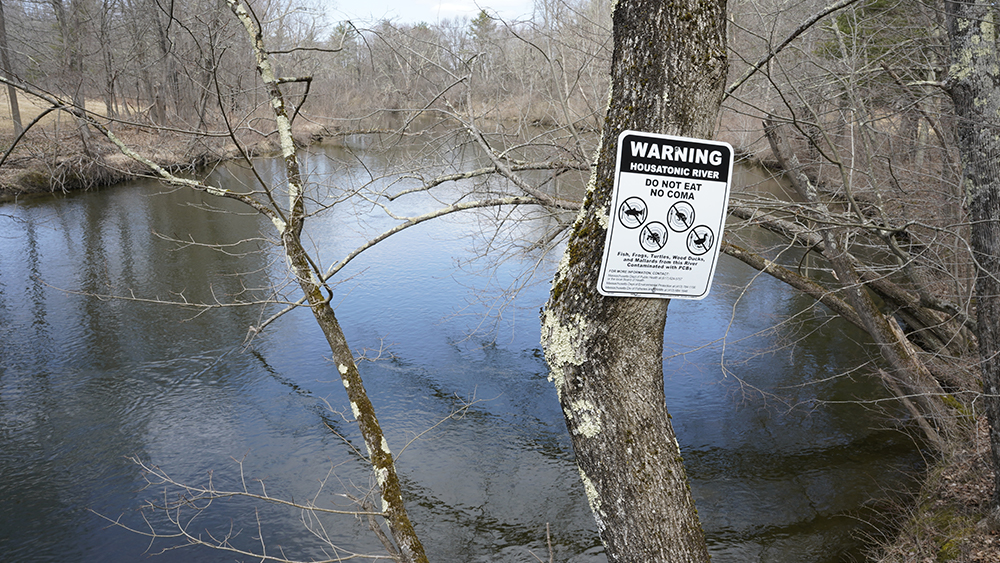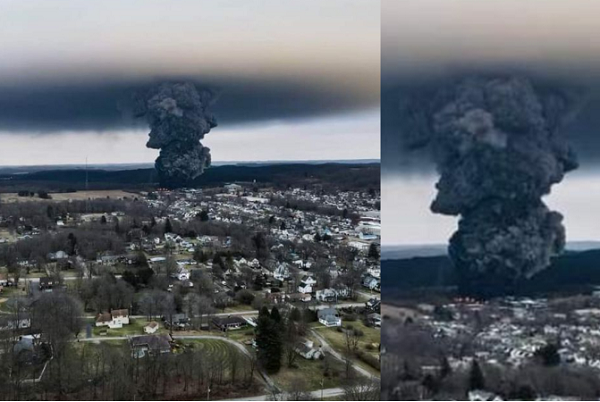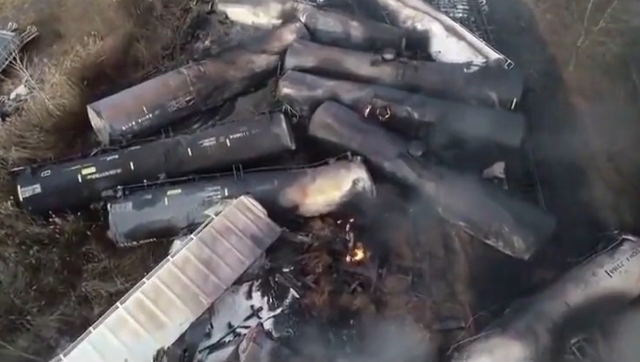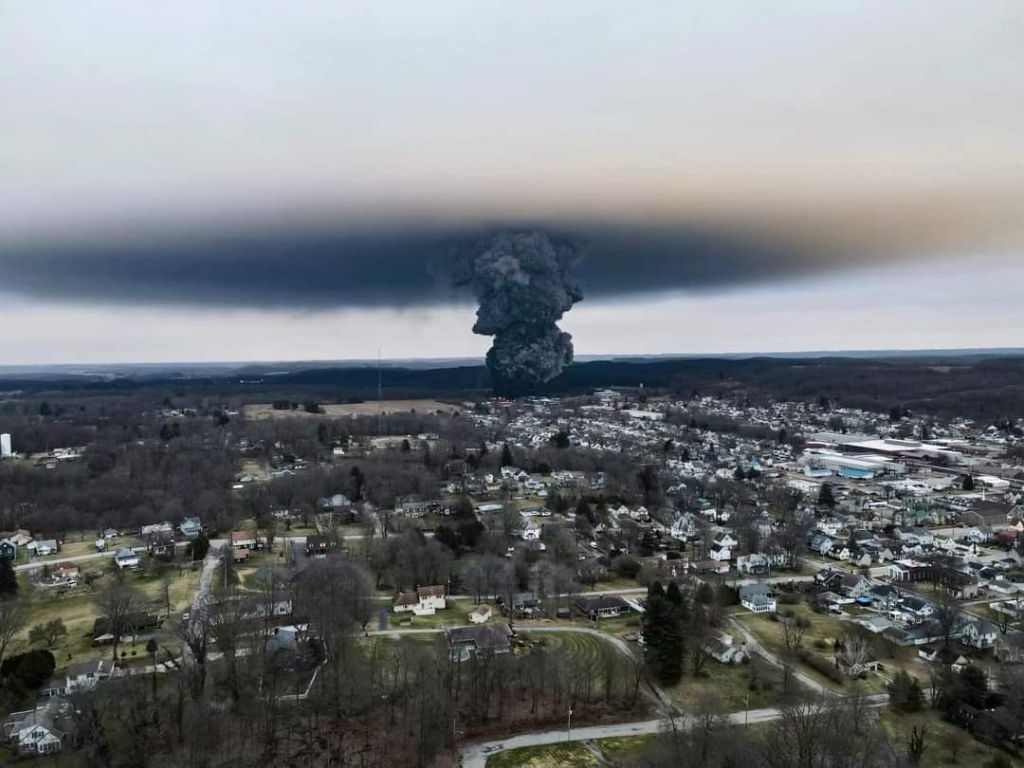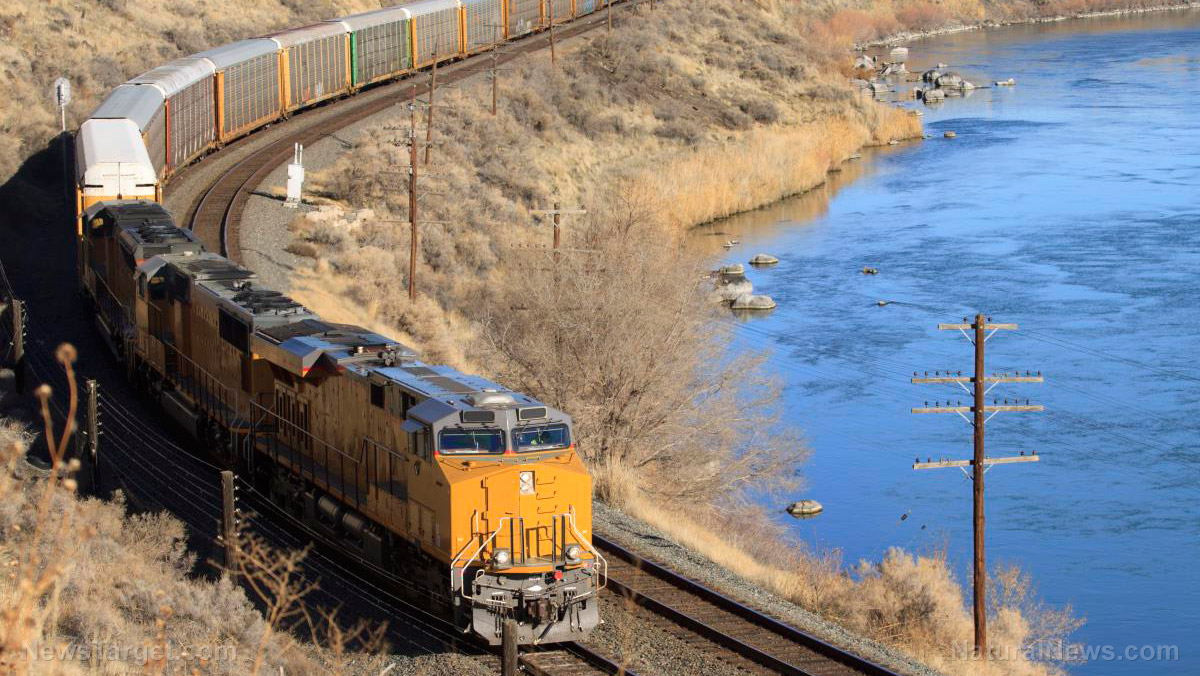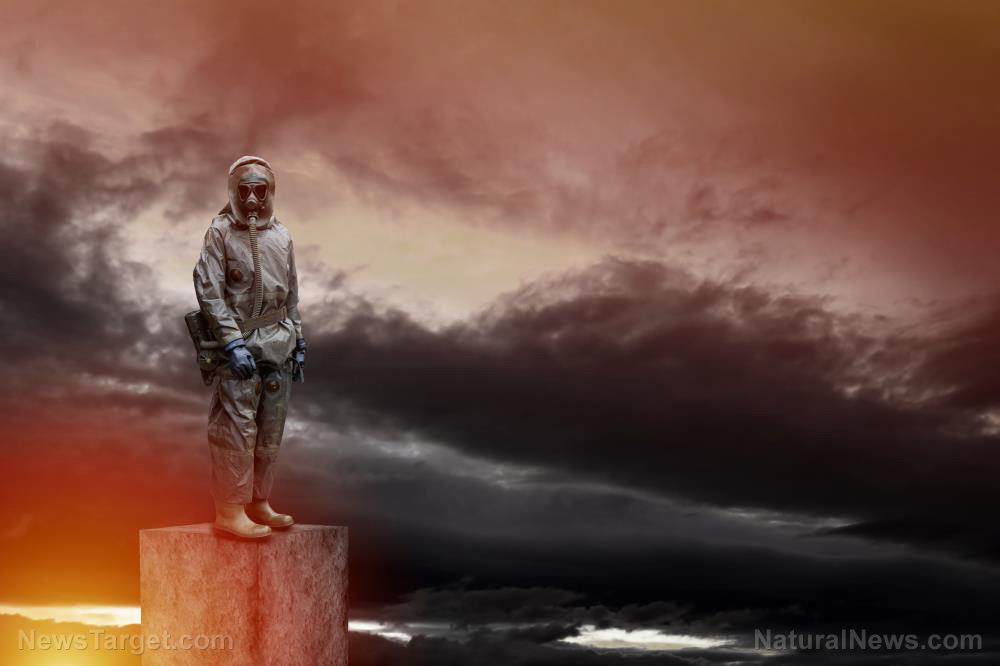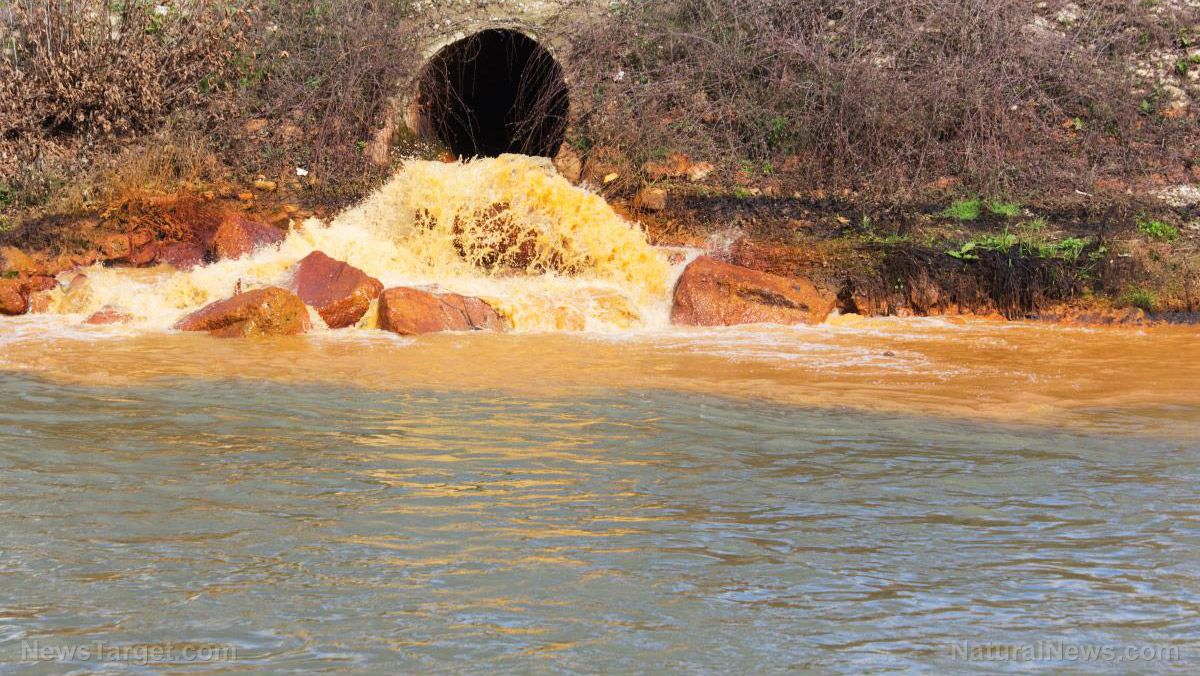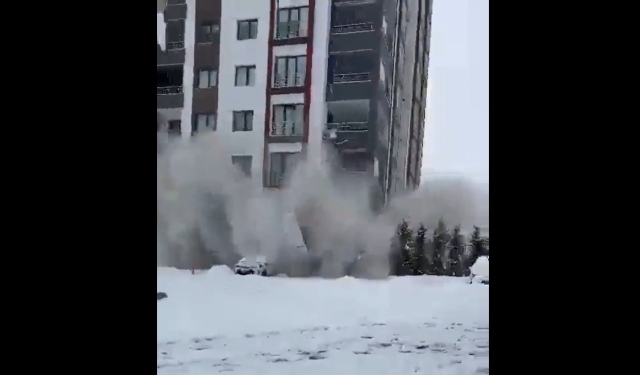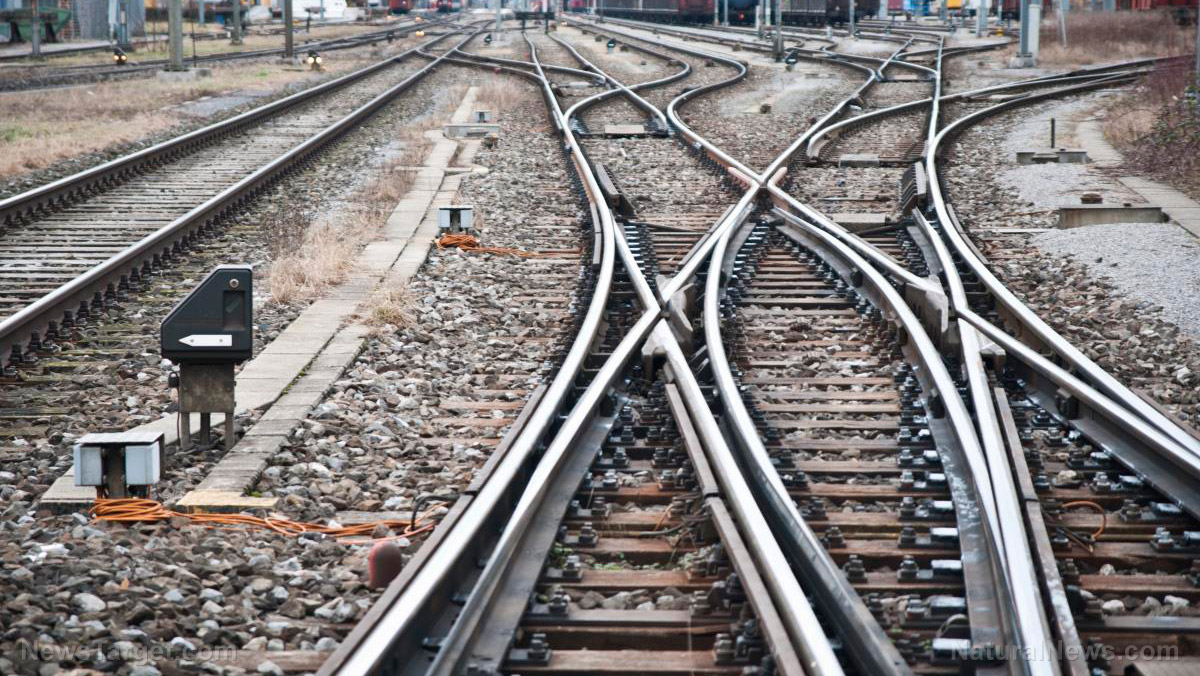Ohio chemical spill highlights the importance of being prepared to bug out
02/20/2023 / By Zoey Sky
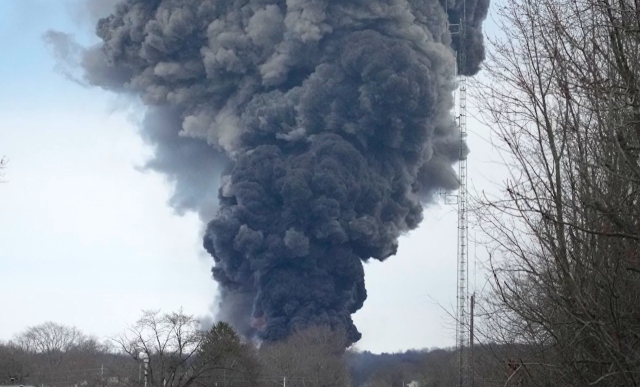
Non-preppers might think being a prepper is all about being paranoid.
But as the Ohio chemical spill and train derailment have proven, being prepared and ready to bug out is better than being caught by surprise when SHTF. (h/t to TheOrganicPrepper.com)
What happened in Ohio?
On the night of Feb. 3, a train derailment caused a huge fire in eastern Ohio. Following the incident, officials told the majority of the town’s residents to evacuate as crews assessed whether the cargo contained toxic material.
As of 9 p.m. on Feb. 3 in East Palestine, Ohio, an estimated 50 cars derailed. East Palestine is home to around 4,700 residents and is 50 miles northwest of Pittsburgh.
The risk of injury remained a concern by Feb. 5 because of the lingering threat of a potential explosion.
The derailment also caused a fire that swept much of the town in smoke. Gov. Mike DeWine of Ohio issued an urgent evacuation notice to more than 500 people who had previously declined to leave their homes. The evacuated residents lived within a one-mile radius of the derailment site.
Additionally, the train accident released tons of toxic vapors into the environment due to the explosion and burning of dangerous chemicals. If you’re a prepper, you would have immediately considered bugging out to protect yourself and your family.
Aside from causing a fire, the train derailment was linked to reports of animals falling sick and dying in the area. Even if the authorities claim that it is safe to return home, it might be safer to stay elsewhere due to the conflicting information coming out. (Related: 5 Survival essentials for your bug-out vehicle.)
Even if you don’t plan to bug out, it’s better to prepare before SHTF
If you already have a bug-out plan in place, your preps might only factor in events caused by human and natural factors.
And if you still think that you don’t have to bug out when facing similar situations, it would be wise to rethink bugging out and relocating because danger and unrest can erupt at any time.
Bugging out or moving ahead of a crisis is often an extreme and uncommon scenario, and most of the time, sheltering in place is the best course of action. But because of the rising volatility in the country, it’s also wise to reevaluate these strategies and consider possible scenarios.
Whether you’re located in an urban or rural setting, there are many risk variables to take into account. Detailed below are factors linked to human activity.
Risk factors for bugging out in cities and densely populated areas
Many people believe that rural places are safe havens and cities are death traps, but history has proven that this isn’t always true.
Resources will disappear quickly from the shelves when something extraordinary happens because of the high density, distance from production and a struggling supply chain. When SHTF, people will panic and their fear can quickly spread.
Because cities are more populated, when SHTF you will have quicker access to more robust civil defense, firefighting, law enforcement and media presence. Those are needed to uphold or restore order after a large-scale emergency.
They may go unnoticed, but they exist and can influence how any situation turns out.
Despite this benefit, cities can pose distinct risks, some of which are closely linked to the concentration of people, resources and importance. This includes diplomatic and political representatives and residences of high-ranking figures along with police stations, government buildings and hospitals.
Panic
After disaster strikes, people will panic and rush to grocery stores and gas stations due to the large population and scarce resources.
You should also worry about the potential for the situation to quickly deteriorate and elicit a response from the authorities that might cause greater hazards and dangers.
Crime
High crime may not be enough to convince non-preppers to bug out or temporarily relocate because there are various methods to cope with it, like setting up alarms or stocking up on firearms and ammo so you can protect your family.
However, some areas will experience an increase in violence that is so severe that leaving the town, state or country is the only option to survive.
Unrest
Potentially dangerous civic events like curfews, lockdowns, martial law, protests, riots, revolutions and strikes may result in enough unrest and disruptions in urban areas to warrant a temporary or permanent evacuation.
In recent years, this risk has skyrocketed amid incidents like the Wuhan coronavirus (COVID-19) pandemic.
Risk factors for bugging out in rural and sparsely populated areas
The infrastructure and facilities used for certain activities are often constructed in less populated locations due to the nature of those operations. If you live near these buildings, you should have a bug-out plan before SHTF.
Look for civic or governmental agencies or platforms that are in place to issue emergency alerts or communicate with the prepping community. If you don’t trust mainstream sources of information, look for a group of preppers that may have access to information about what’s really going on.
Start networking and create your own system if the neighborhood does not already have a decent one.
Biological and chemical facilities
Chemical and biological plant accidents and disasters may have an even greater negative impact on the environment and local community than nuclear disasters.
In some cases, the adverse effects of accidental releases might linger for as long as decades.
Crime
If you think your area is safe, look at what happened in countries like Argentina, Brazil, South Africa and Venezuela before ignoring the risk that crime poses in rural areas.
The distances and the lesser density mean that violence in rural regions can be harsh since criminals know they can act more freely.
Dams and mining reject reservoirs
Get a detailed topographical map and determine whether you are downstream of dams and mining reject reservoirs, in a basin or in other similarly dangerous areas.
Nuclear plants
Nuclear plants are some of the most dangerous locations in rural areas. The management, municipal, state or federal authorities usually implement a warning system around nuclear plants.
Prisons
Even if you live in a first-world country, there’s a chance that prisons could pose a high-risk element in developing nations.
When SHTF, things can get even worse after a prison breakout in your neighborhood.
Railroads and roads
As the Ohio chemical spill and train tragedy demonstrates, there are risks associated with living in the vicinity of a railroad or heavily used road. While train accidents are relatively infrequent, the overall scenario is unstable.
Avoid hazards and threats instead of just focusing on becoming ready to handle them.
You don’t have to bug out in the woods
When SHTF, bugging out doesn’t mean camping in the woods until things return to normal in the city. If you are considering bugging out when disaster strikes in your area, you can head to a safe and strategic location like a hotel or a family member or a friend’s home in another city.
Before disaster strikes, make the necessary preparations. Finalize your emergency preparedness plan.
Select a safe location, prepare your bug-out car and pack bug-out bags for the whole family.
Inform your family of your plans and run drills so everyone knows where their bug-out bags are and where to meet, so you can evacuate safely when it’s time to bug out.
Watch the video below for useful tips on how to organize the modules in your bug-out bags.
This video is from The Urban Prepper channel on Brighteon.com.
More related stories:
Bug out survival planning: Prepping a bug-out bag in less than an hour.
Prep With Mike: Bugging out is better than staying in an apartment during a collapse.
Sources include:
Submit a correction >>
Tagged Under:
bug out, catastrophe, chaos, Collapse, disaster, fallout, off grid, ohio, panic, preparedness, prepper, prepping, SHTF, survival, Survival Tips, survivalist
This article may contain statements that reflect the opinion of the author
RECENT NEWS & ARTICLES
COPYRIGHT © 2017 DISASTER NEWS


